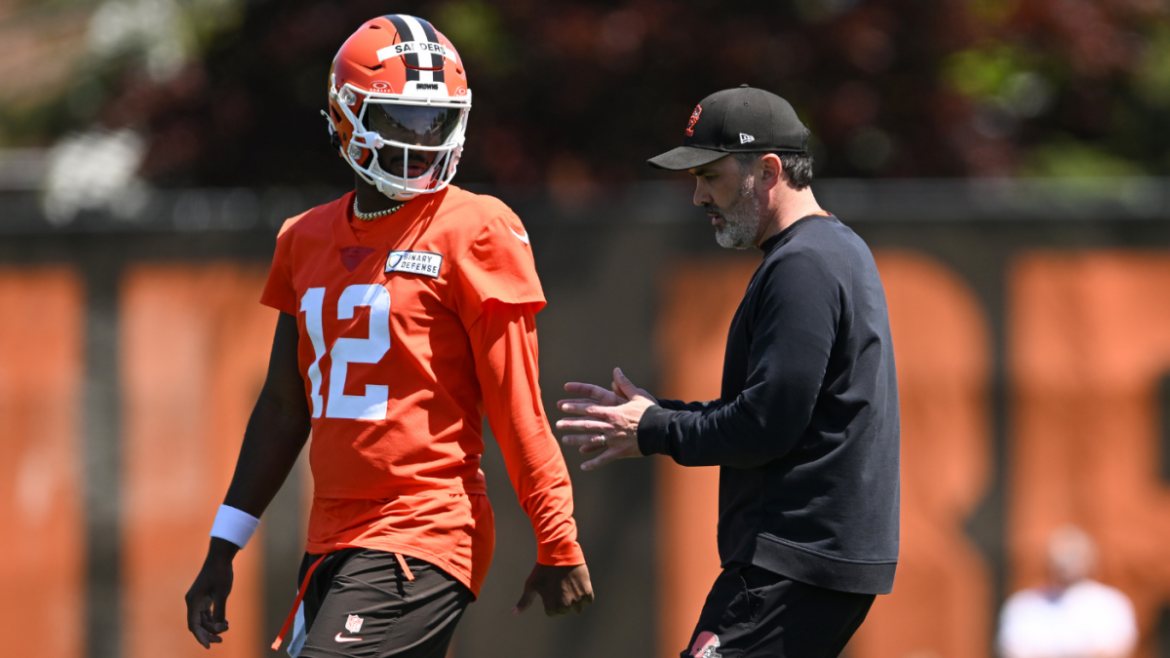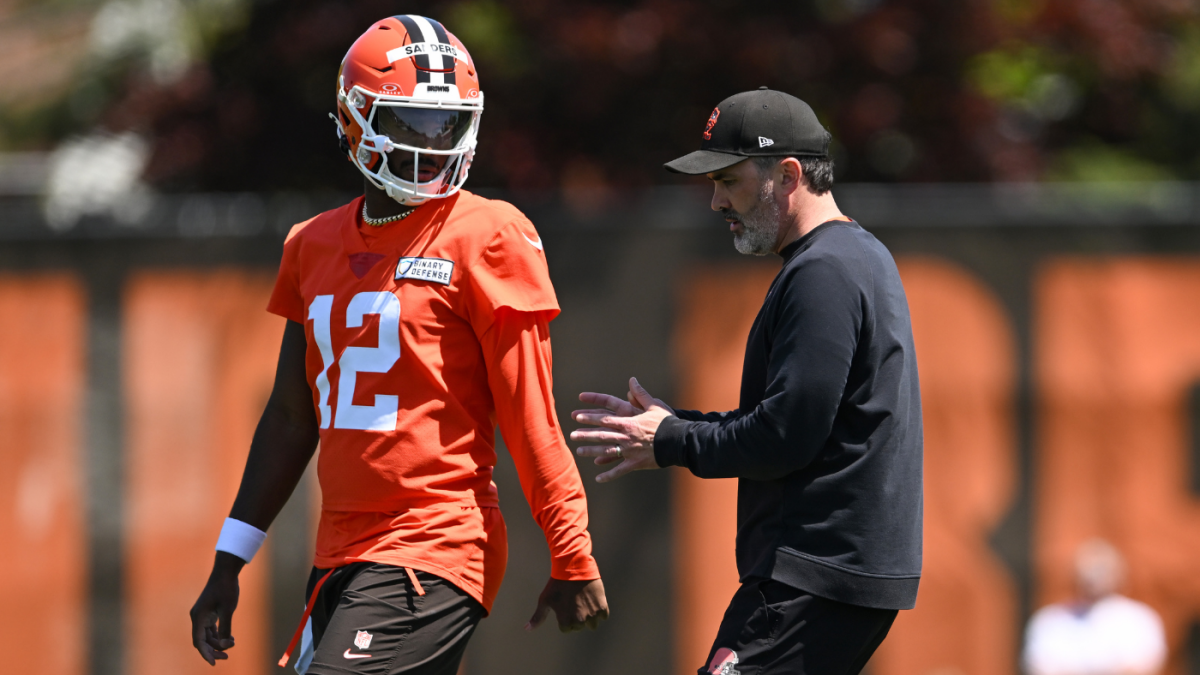Shedeur Sanders and Dillon Gabriel: A Tale of the Browns’ Dual Quarterback Strategy
The Cleveland Browns’ 2025 NFL Draft quickly drew attention for its unique quarterback selections, drafting two rookies at the position—Dillon Gabriel in the third round and Shedeur Sanders in the fifth round. This move immediately sparked discussion about the Browns’ quarterback room dynamics, the individual trajectories of both players, and how their competition might shape the team’s future.
The Draft Day Drama: Understanding the Slide and Selection
Shedeur Sanders was once projected as an earlier-round quarterback but experienced a surprising fall into the fifth round, while Dillon Gabriel was picked two rounds earlier in the third. Various insiders and reports attribute Sanders’ draft slide to a mix of factors including pre-draft behavior, perception concerns, and evaluation of “safer” prospects.
Browns General Manager Andrew Berry remarked that Gabriel was viewed as a “good, solid prospect” at the team’s most important position, explaining the front office’s decision to pick him first. He also indicated that Sanders represented value due to his potential to outproduce his draft position, describing the acquisition cost for Sanders as “pretty light.” This strategic layering of quarterbacks reflects Cleveland’s desire to build depth and flexibility in the QB room.
Locker Room Chemistry and Competitive Dynamics
Despite on-field competition, Sanders and Gabriel appear to be developing a professional relationship characterized by mutual respect. Shedeur Sanders has been transparent about his assessment of Gabriel, sending a clear message that competition isn’t personal but a part of the growth process. Meanwhile, Gabriel has addressed the comparisons openly, emphasizing that external hype should not divide the team.
Rookie minicamps revealed that both quarterbacks are actively battling to earn the coaching staff’s trust, with some insiders suggesting Sanders looked sharper on certain days despite being a lower draft pick. This competitive but respectful dynamic is likely beneficial, driving both to improve while keeping team cohesion intact.
Performance and Potential: Comparing Strengths and Weaknesses
Reports note that Dillon Gabriel was seen as a potentially safer pick with a polished style and reliability, traits attractive for immediate or near-future starting roles. Gabriel’s pre-draft impression included his throwing mechanics and consistent decision-making, placing him ahead in many evaluations.
On the other hand, Shedeur Sanders carries the promise of higher upside, with coaches and insiders noting his accuracy and game intelligence as significant assets. Sanders’ rookie contract and the Browns’ confidence signal belief in his long-term potential, but the journey to become a starter might be longer.
Some Browns insiders have suggested that the quarterback battle will be closely watched during training camp and preseason, with each player offering different skill sets that complement the team’s offensive scheme. The competition between Sanders and Gabriel could push one to emerge as the team’s franchise quarterback or create a productive quarterback-by-committee situation.
Team Strategy: Why Two Rookie Quarterbacks?
The Browns’ decision to draft two quarterbacks in the same draft cycle is unusual but reflects modern NFL strategies of hedging bets and fostering internal competition. Having Dillon Gabriel and Shedeur Sanders together provides the Browns with multiple developmental paths and options if injuries or performance issues arise.
The presence of established veterans like Kenny Pickett and a recovering Deshaun Watson adds complexity and depth, allowing the rookies time to adjust to the professional level without immediate pressure to start. This layered QB room can also serve as a motivational environment, challenging each player while offering mentorship opportunities.
Early Impressions and Next Steps
Shedeur Sanders’ initial interactions with teammates have been positive, helping to ease concerns about his draft slide and adjust to the professional atmosphere. While Gabriel was initially seen as the frontrunner, Sanders’ impressive performances in rookie camps have kept him very much in the conversation.
Coaching staff decisions—such as who takes the first snaps in practice—have triggered media scrutiny but also reflect a fair evaluation process. Browns coach Kevin Stefanski’s responses to related questions showed a cautious approach that values both players’ development.
Given the rookie quarterbacks’ promising college accuracy records and potential, the Browns are positioned to benefit if either—or both—can translate that production to the NFL. The evolving quarterback competition will unfold through training camp, preseason, and the regular season, shaping the Browns’ offensive identity in years to come.
Conclusion: A Quarterback Room Worth Watching
The Browns’ choice to draft both Shedeur Sanders and Dillon Gabriel has created an intriguing quarterbackroom scenario, blending contrasting strengths and potential. Sanders’ draft-day fall and subsequent perseverance display a narrative of humbling growth and untapped promise. Gabriel’s earlier selection symbolizes the team’s desire for immediate stability and a more “proven” skill set.
Ultimately, this dual QB experiment reflects the Browns’ calculated gamble to secure long-term success at the NFL’s most pivotal position. For fans and analysts alike, the competition between Sanders and Gabriel offers a compelling storyline of talent, rivalry, and opportunity that could define Cleveland’s quarterback future. The ultimate beneficiary will be the team that can harness their collective energy, maintain locker room unity, and cultivate the best quarterback leadership in the seasons ahead.





